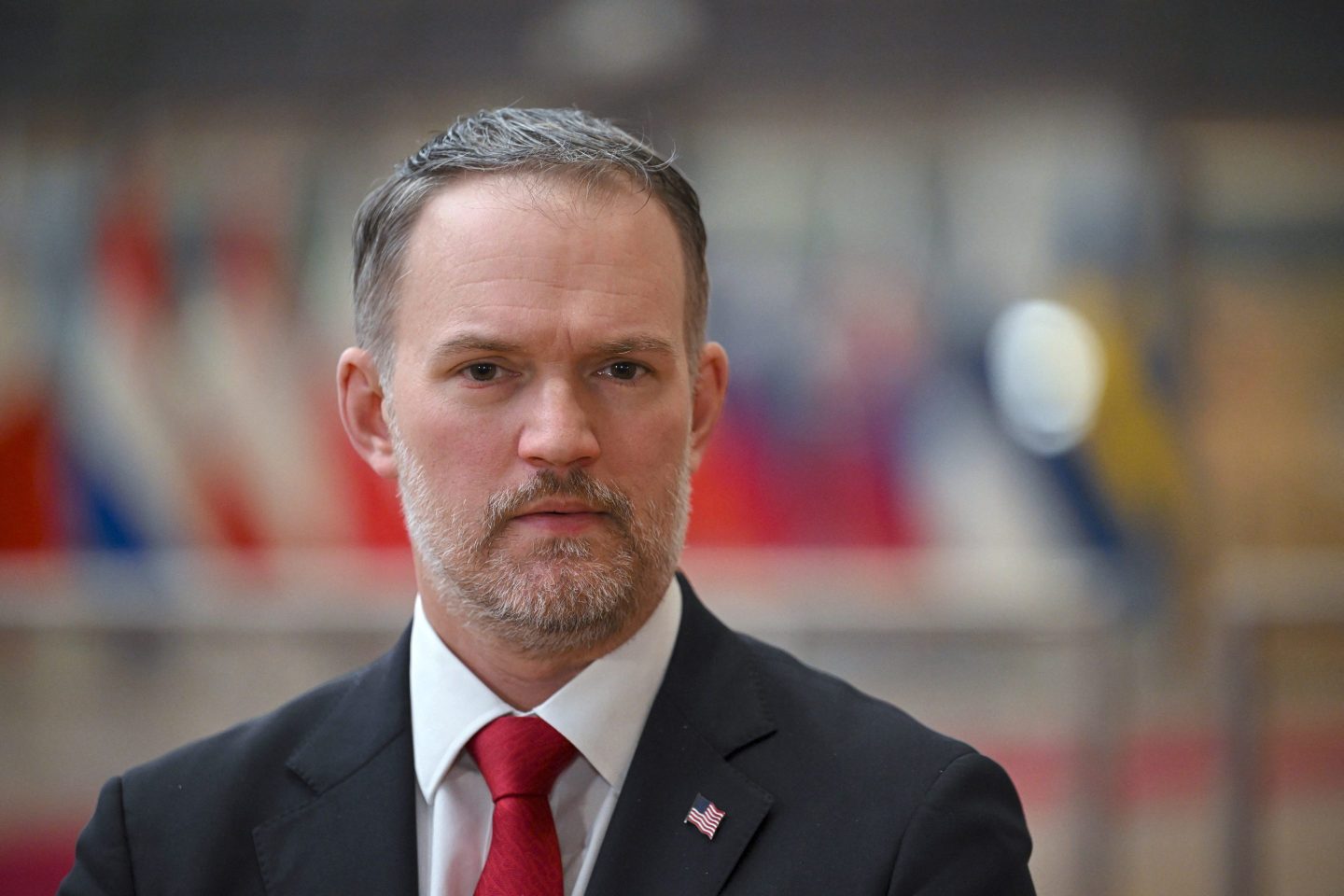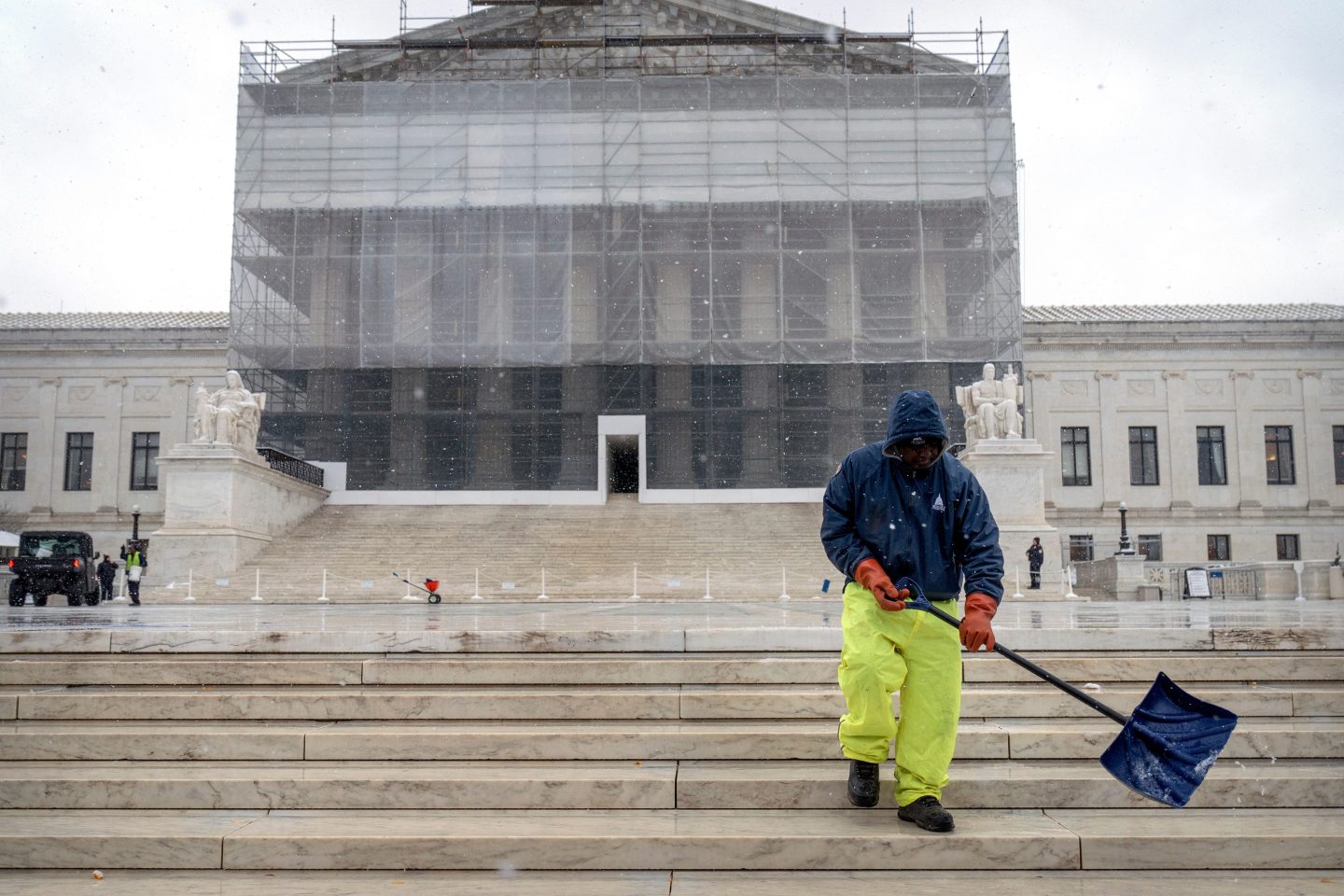Like anyone who wants to know where our economy is going, I’ve been scouring the economics news more than usual of late. It’s confusing stuff. Market pros typically say the Fed under its newish chairman Ben Bernanke isn’t doing enough to lower interest rates. People who don’t make their living in the markets tend to point out that it’s not Bernanke’s job to bail out investors who made stupid investments. A third layer of complexity is what, if anything, the administrative and legislative branches should be doing to help in the form of stimulus measures (spending more money, lowering taxes, or both).
The single best article I’ve read recently to make sense of it all is Sunday’s cover story in the New York Times Magazine: “The Education of Ben Bernanke,” by the great Roger Lowenstein. Perhaps with the exception of my colleague Allan Sloan, there isn’t anyone in America who writes as clearly about the complexity of economics as Lowenstein. Over Christmas I read (I’m ashamed to say, for the first time) his “When Genius Failed,” an absolute must read to understand what the mortgage crisis of 2007 does and doesn’t have in common with the collapse of Long-Term Capital Management in 1998.
Taking advantage of his three, count them, three interviews with Bernanke, Lowenstein does an outstanding job of explaining the history of the Federal Reserve, how Bernanke is different from his predeccesor, Alan Greenspan, and how the current crisis unfolded. I’ve been baffled that Bernanke failed to see the problem of the mortgage meltdown sooner, and in the article I found a clue. In his teachings at Princeton, Bernanke became if not a fan, then at least a consumer of econometrics, the study of the economy as it is reflected in the economics data published by the government and others. Greenspan, in comparison, is far more anecdotal and driven by hunches. Had Bernanke paid more attention to anecdotes about how out of the control the mortgage situation was he might have caught on more quickly.
Finally, a small-C criticism of Lowenstein’s article, and not just that it twice misspells Treasury Secretary Henry Paulson’s surname. Fine as it is by way of explanation, Lowenstein, at least to my read, never offers up a suggestion as to what Bernanke, the president and Congress ought to be doing. Immediately after finishing the article, I caught up with a Saturday editorial in the Wall Street Journal I found far more helpful in this regard. It’s called “The Panic Stage,” and here’s the kicker:
So what to do? Pass a tax cut that is immediate, marginal and permanent. In the “stimulus” grab bag that President Bush is contemplating, the only growth driver is bonus depreciation. Congress will be worse. As for the Fed, continue with the regulatory triage, but ease as little as it can get away with and slowly restore the monetary credibility that was so painfully earned in the 1980s.
This recipe may or may not prevent a recession, though we’d note that so far the underlying economic indicators suggest slower growth rather than a contraction. What these policies would do is prevent today’s panic from becoming something much worse.
This short and punchy editorial, together with Lowenstein’s leisurely and masterly narrative, will bring you up to speed on the economy. For now.











